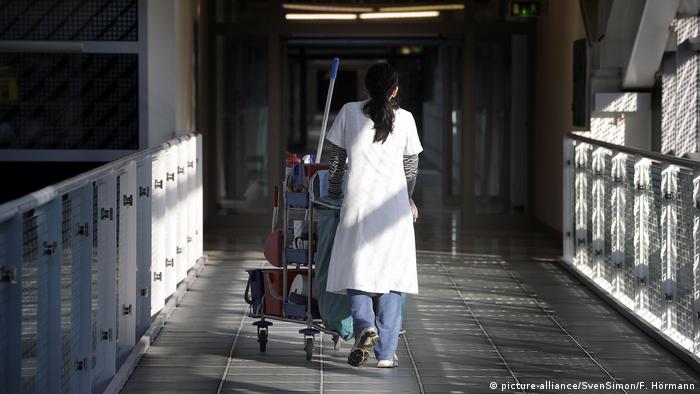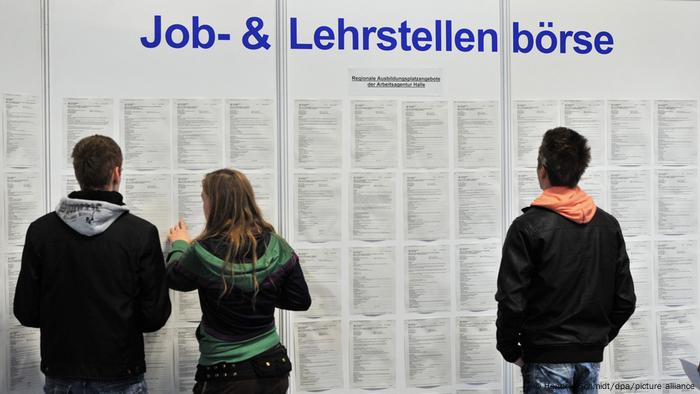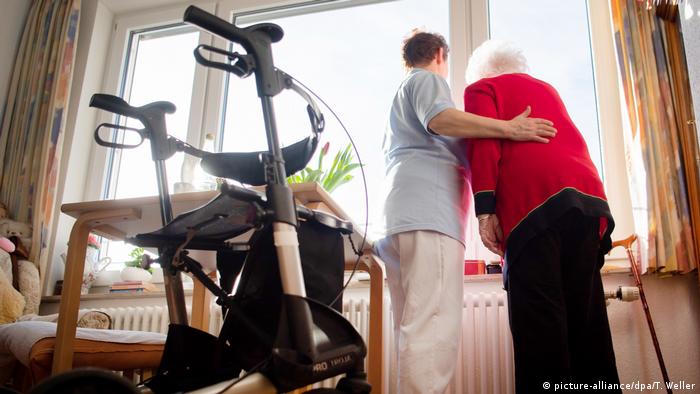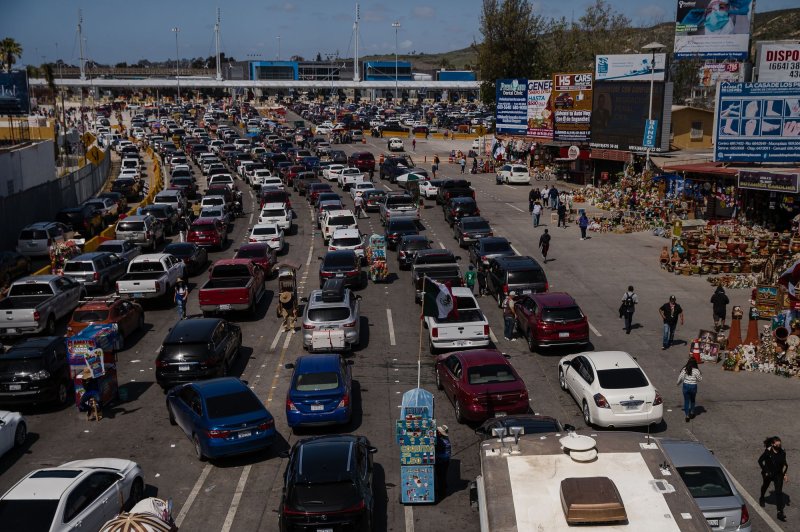Alberta inquiry finds no wrongdoing in anti-oilsands campaign despite foreign funds
EDMONTON — Canadian environmental groups were exercising their democratic rights of free speech when they accepted foreign funding for campaigns opposing oilsands development, a public inquiry has reported.

EDMONTON — Canadian environmental groups were exercising their democratic rights of free speech when they accepted foreign funding for campaigns opposing oilsands development, a public inquiry has reported.

© Provided by The Canadian Press
However, Alberta Energy Minister Sonya Savage said environmentalists were still wrong in opposing energy development that cost the province jobs and money.
"The report didn't suggest anything illegal was going on," she said. "But if you ask people in Alberta who lost their job if anything wrong happened, I'm pretty sure they would say yes."
On Thursday, the province released the final report of a commission, struck in July 2019, to look into allegations that environmentalists were accepting foreign money to fund campaigns aimed at impeding expansion of Alberta's oilsands, a major source of greenhouse gases.
The environmental groups have never denied that. Commissioner Steve Allan also seemed to shrug at the charge in his report, which cost $3.5 million.
"I have not found any suggestions of wrongdoing on the part of any individual or organization," wrote Allan, who did not appear at the press conference releasing the report.
"No individual or organization, in my view, has done anything illegal. Indeed, they have exercised their rights of free speech."
Allan also says the campaigns have not spread misinformation.
While he finds that at least $1.28 billion flowed into Canadian environmental charities from the United States between 2003 and 2019, only a small portion of that has been directed against the oilsands. Auditors Deloitte Forensic Inc. estimate that money at between $37.5 million and $58.9 million over that period — which averages to $3.5 million a year at most.
Alberta's United Conservative government funds its so-called "war room," an arm's-length agency instituted to counter environmental groups, at up to $30 million a year.
Although the report finds charities working in support of the oilsands received at least $1.6 million a year from foreign sources, Savage said foreign money shouldn't be used to influence Canadian political decision-making.
"Alberta's natural resources belong to Albertans and decisions about their development should be made by people of this province."
Still, she acknowledged environmental groups weren't the only reason for troubles in the oilpatch.
"The commissioner could not conclude that the campaigns were the sole cause of project cancellations."
Savage also warned that Allan's findings outlined the method by which environmental groups would attack the next generation of energy projects, such as carbon capture and storage or hydrogen.
Video: Alberta anti-oilsands inquiry finds no wrongdoing despite foreign funds (Global News)
"This is money in search of a cause," she said.
Allan's work found support from the Canadian Association of Petroleum Producers.
"The public inquiry ... brings to light the highly co-ordinated, well-funded and international nature of these campaigns," said president Tim McMillan. "The (association) hopes the findings of the report will help bring greater transparency and a more positive approach to the Canadian conversation about our oil and natural gas industry and the role it can play to help meet growing global demand.”
Others lined up to criticize both the inquiry and Savage's reaction.
Opposition New Democrat Leader Rachel Notley said Allan’s report and Savage’s comments inflame and polarize debate when Alberta should be opening new markets and helping develop more sustainable production.
“What Albertans are looking for is a government that will create jobs, not a government solely focused on creating anger,” said Notley.
“We’ve got this government running around telling lie upon lie and demonizing people who are simply trying to engage in free speech and talking about important issues.”
Keith Stewart of Greenpeace, one of the groups mentioned in the report, agreed.
"A government should not be saying it's terrible that citizens are trying to influence policy," he said, pointing out that his organization gets more money from Albertans than it does from foreign sources.
"(Alberta Premier) Jason Kenney is hoping everyone will get mad at environmentalists instead of at him. It doesn't save anyone's job to keep saying things that aren't true."
Devon Page of Ecojustice, which lost a court challenge against the inquiry and forms part of its analysis, described Savage's call for more transparency from environmental groups as "bonkers."
"Ninety per cent of the report is through web searches based on publicly available information," he added.
Martin Olszynski, a University of Calgary law professor who presented to the commission, saidthe inquiry sets an "incredibly dangerous precedent" that needs to be challenged in court.
"The whole purpose of this thing was to make Albertans angry at NGOs. It would be bad for democracy in Canada to let this report go unchallenged."
Vivian Krause, a researcher whose work helped convince Kenney to call the inquiry, said Allan ignored much of the information she provided. A CONSPIRACY THEORIST CLAIMING TO BE A MUCKRACKER
"He cherry-picked," she said, adding that she found evidence of much more money going into anti-oilsands campaigns than appears in the report.
She also said his finding of no wrongdoing is not a legal opinion.
Allan recommends a series of reforms to improve transparency in the charitable sector. He says charities should be subject to the same standards of disclosure as private corporations.
He also calls for an industry-led campaign to rebrand Canadian energy.
This report by The Canadian Press was first published Oct. 21, 2021
— Follow Bob Weber on Twitter at @row1960
Bob Weber, The Canadian Press
However, Alberta Energy Minister Sonya Savage said environmentalists were still wrong in opposing energy development that cost the province jobs and money.
"The report didn't suggest anything illegal was going on," she said. "But if you ask people in Alberta who lost their job if anything wrong happened, I'm pretty sure they would say yes."
On Thursday, the province released the final report of a commission, struck in July 2019, to look into allegations that environmentalists were accepting foreign money to fund campaigns aimed at impeding expansion of Alberta's oilsands, a major source of greenhouse gases.
The environmental groups have never denied that. Commissioner Steve Allan also seemed to shrug at the charge in his report, which cost $3.5 million.
"I have not found any suggestions of wrongdoing on the part of any individual or organization," wrote Allan, who did not appear at the press conference releasing the report.
"No individual or organization, in my view, has done anything illegal. Indeed, they have exercised their rights of free speech."
Allan also says the campaigns have not spread misinformation.
While he finds that at least $1.28 billion flowed into Canadian environmental charities from the United States between 2003 and 2019, only a small portion of that has been directed against the oilsands. Auditors Deloitte Forensic Inc. estimate that money at between $37.5 million and $58.9 million over that period — which averages to $3.5 million a year at most.
Alberta's United Conservative government funds its so-called "war room," an arm's-length agency instituted to counter environmental groups, at up to $30 million a year.
Although the report finds charities working in support of the oilsands received at least $1.6 million a year from foreign sources, Savage said foreign money shouldn't be used to influence Canadian political decision-making.
"Alberta's natural resources belong to Albertans and decisions about their development should be made by people of this province."
Still, she acknowledged environmental groups weren't the only reason for troubles in the oilpatch.
"The commissioner could not conclude that the campaigns were the sole cause of project cancellations."
Savage also warned that Allan's findings outlined the method by which environmental groups would attack the next generation of energy projects, such as carbon capture and storage or hydrogen.
Video: Alberta anti-oilsands inquiry finds no wrongdoing despite foreign funds (Global News)
"This is money in search of a cause," she said.
Allan's work found support from the Canadian Association of Petroleum Producers.
"The public inquiry ... brings to light the highly co-ordinated, well-funded and international nature of these campaigns," said president Tim McMillan. "The (association) hopes the findings of the report will help bring greater transparency and a more positive approach to the Canadian conversation about our oil and natural gas industry and the role it can play to help meet growing global demand.”
Others lined up to criticize both the inquiry and Savage's reaction.
Opposition New Democrat Leader Rachel Notley said Allan’s report and Savage’s comments inflame and polarize debate when Alberta should be opening new markets and helping develop more sustainable production.
“What Albertans are looking for is a government that will create jobs, not a government solely focused on creating anger,” said Notley.
“We’ve got this government running around telling lie upon lie and demonizing people who are simply trying to engage in free speech and talking about important issues.”
Keith Stewart of Greenpeace, one of the groups mentioned in the report, agreed.
"A government should not be saying it's terrible that citizens are trying to influence policy," he said, pointing out that his organization gets more money from Albertans than it does from foreign sources.
"(Alberta Premier) Jason Kenney is hoping everyone will get mad at environmentalists instead of at him. It doesn't save anyone's job to keep saying things that aren't true."
Devon Page of Ecojustice, which lost a court challenge against the inquiry and forms part of its analysis, described Savage's call for more transparency from environmental groups as "bonkers."
"Ninety per cent of the report is through web searches based on publicly available information," he added.
Martin Olszynski, a University of Calgary law professor who presented to the commission, saidthe inquiry sets an "incredibly dangerous precedent" that needs to be challenged in court.
"The whole purpose of this thing was to make Albertans angry at NGOs. It would be bad for democracy in Canada to let this report go unchallenged."
Vivian Krause, a researcher whose work helped convince Kenney to call the inquiry, said Allan ignored much of the information she provided. A CONSPIRACY THEORIST CLAIMING TO BE A MUCKRACKER
"He cherry-picked," she said, adding that she found evidence of much more money going into anti-oilsands campaigns than appears in the report.
She also said his finding of no wrongdoing is not a legal opinion.
Allan recommends a series of reforms to improve transparency in the charitable sector. He says charities should be subject to the same standards of disclosure as private corporations.
He also calls for an industry-led campaign to rebrand Canadian energy.
This report by The Canadian Press was first published Oct. 21, 2021
— Follow Bob Weber on Twitter at @row1960
Bob Weber, The Canadian Press





















